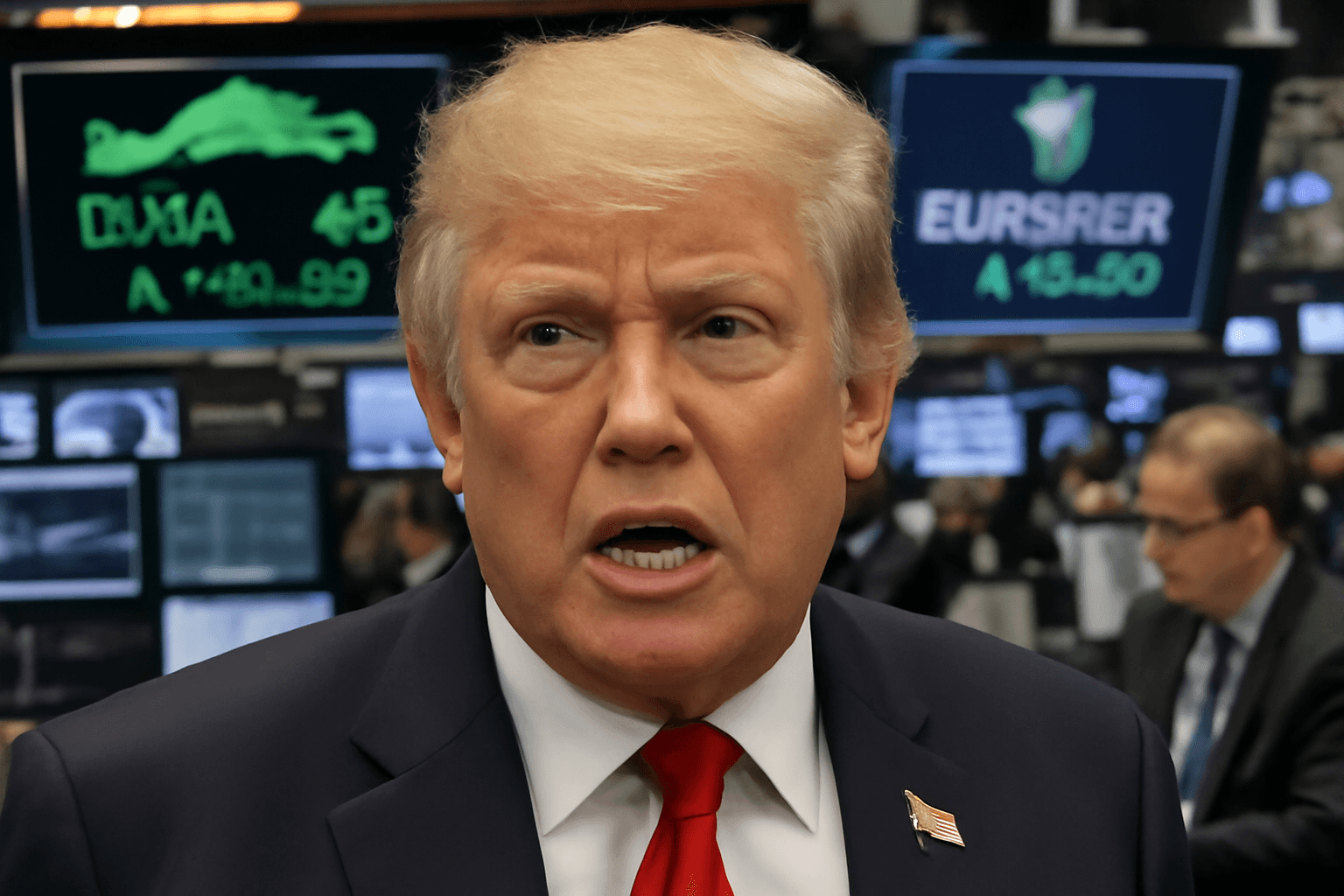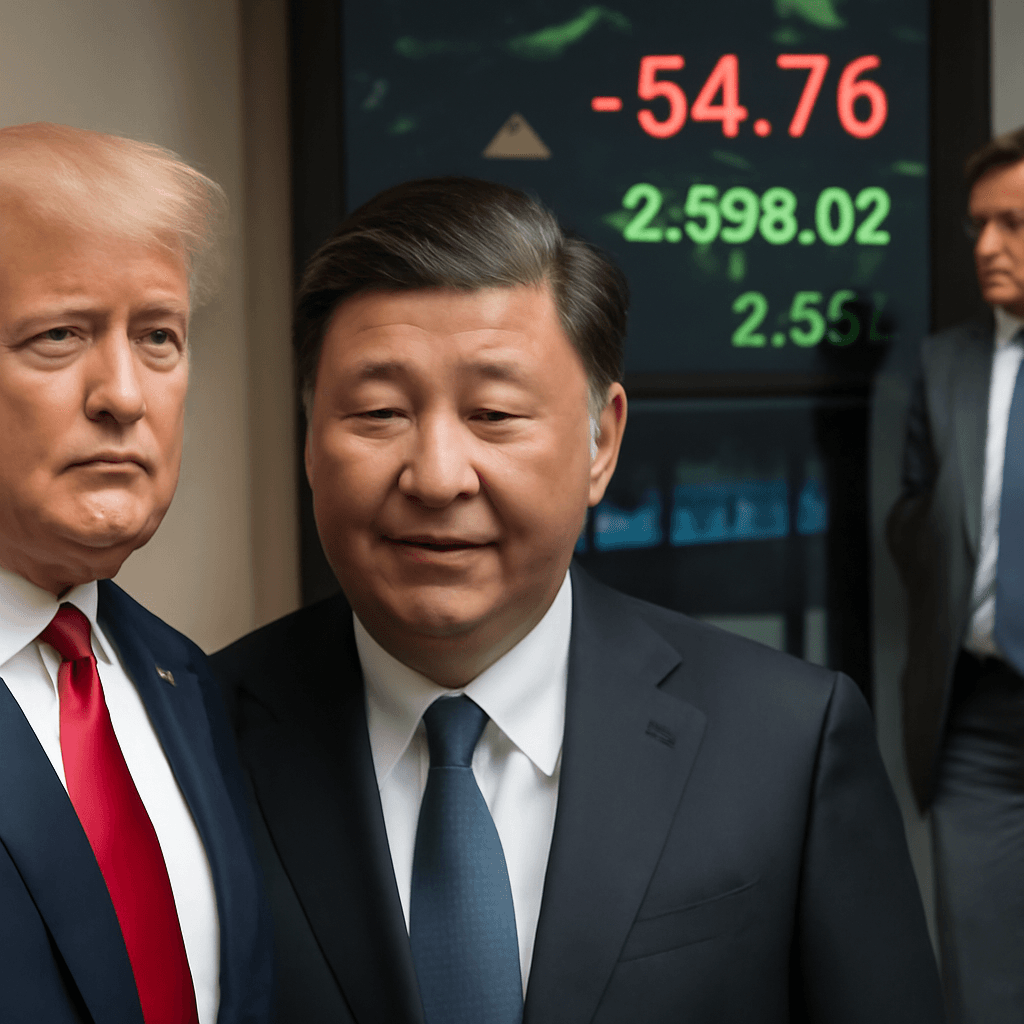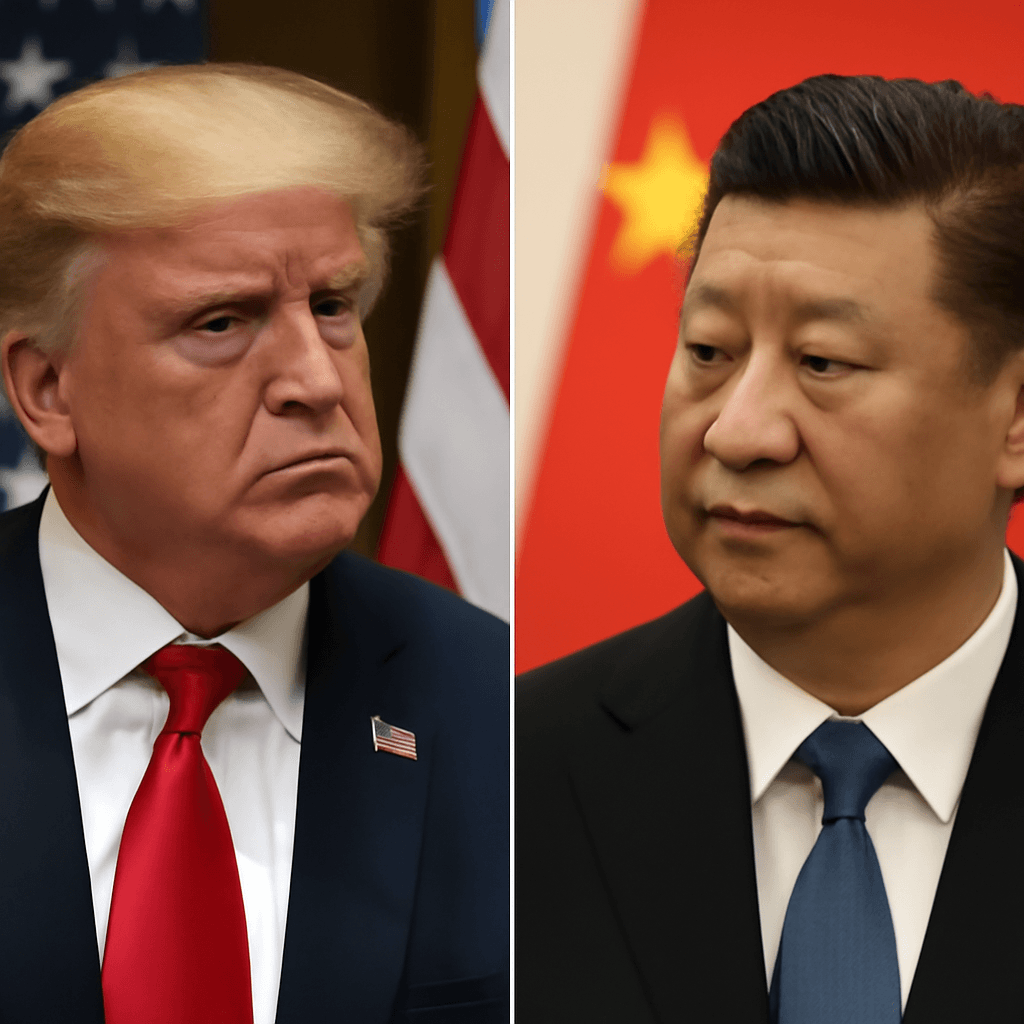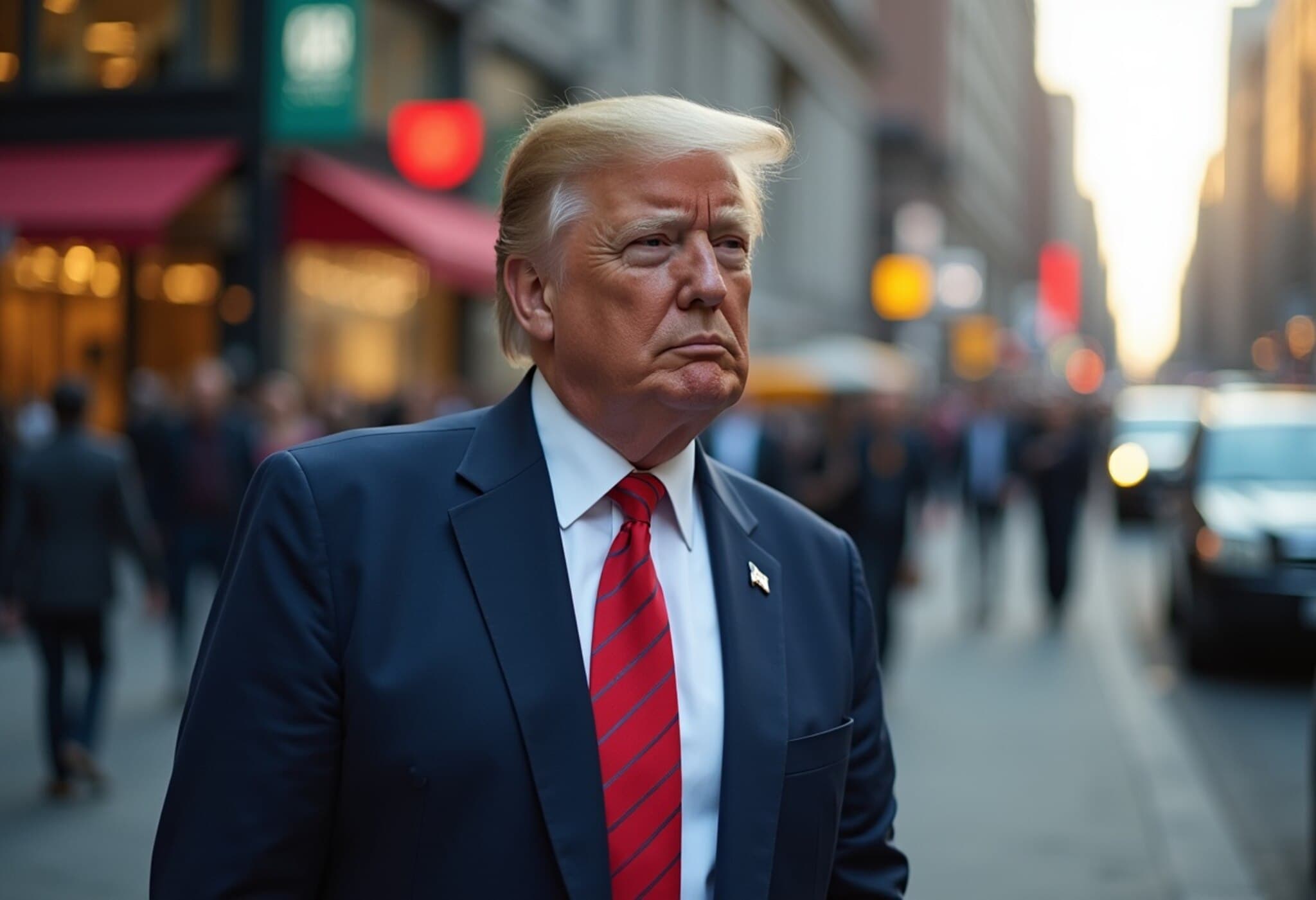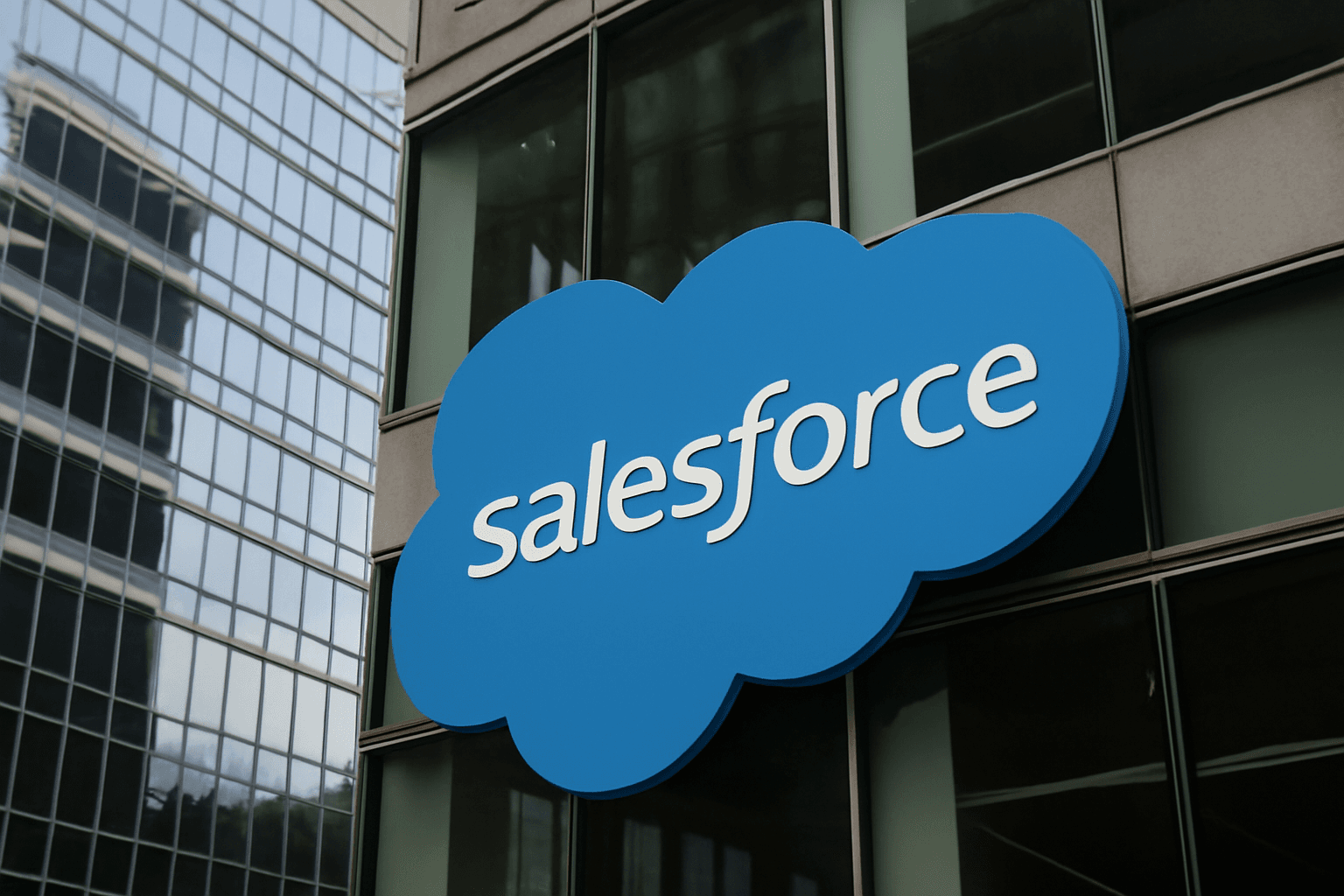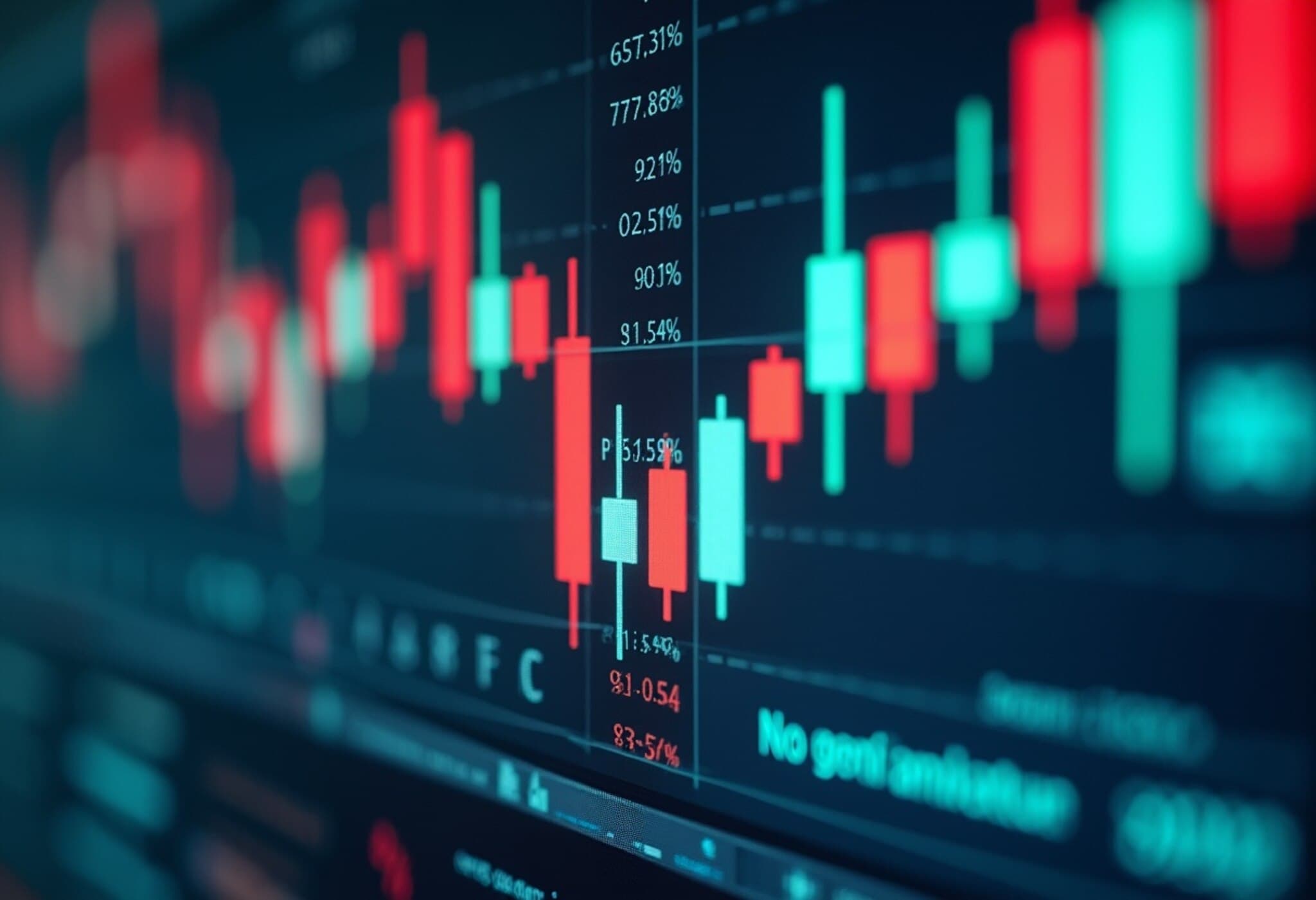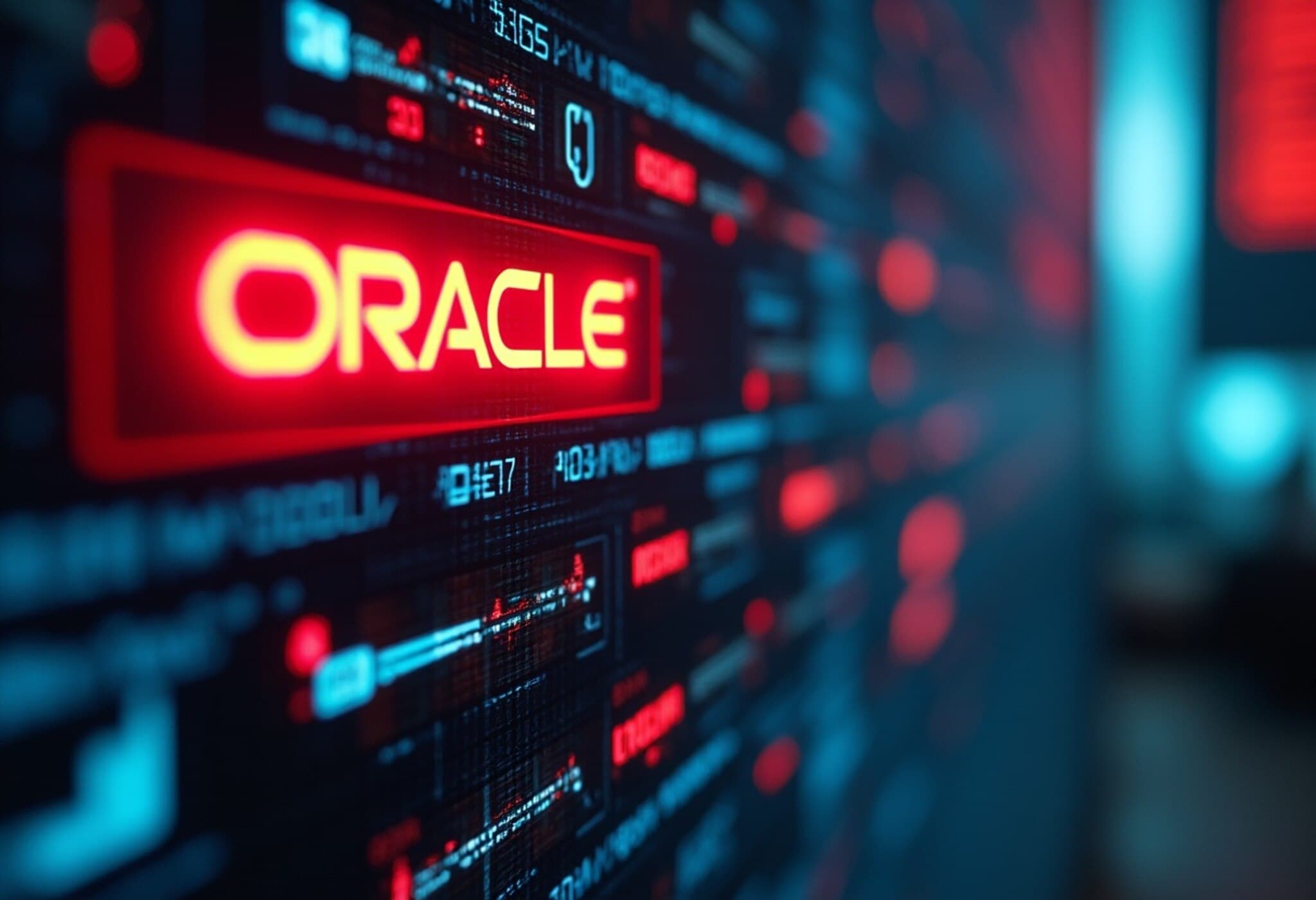The S&P 500 Edges Closer to Unprecedented Peaks
Despite last week’s unsettling payroll data that rattled investor confidence and highlighted consumer fatigue alongside Federal Reserve constraints, the S&P 500 index rebounded with a striking 2.4% gain, driving it near all-time highs. Similarly, the Nasdaq 100 surged 3.7% to set a new record, fueled largely by mega-cap tech giants that have become the market’s safe harbor in volatile seas.
This resilience is no accident. In an environment where economic signals grow murky, investors have increasingly sought refuge in heavy hitters like Apple, which alone contributed some $400 billion to the S&P 500’s roughly $850 billion market cap rise last week. Apple’s announcement of a $100 billion U.S. investment and exemption from steep tariffs on India-made iPhones breathed new life into its stock after a period of relative stagnation.
Navigating the Crosscurrents: Earnings, Macroeconomics, and Tariff Challenges
The market’s recent recovery is partly built on revived hopes for a Federal Reserve interest rate cut in September, spurred by dovish comments amid a softer-than-expected July payroll report. Barclays U.S. equity strategist Venu Krishna warns, however, that complacency was a risk before the labor data jolted investors. He outlines that “equities will need support both from earnings and macroeconomic fundamentals to sustain gains,” highlighting the complexity added by evolving tariffs and typical August seasonal headwinds.
Indeed, beneath the surface strength lies a more turbulent reality for some. Over a dozen S&P 500 constituents saw double-digit declines last week, with Eli Lilly dropping 18%, ON Semiconductor 16%, and the digital advertising platform Trade Desk plunging a dramatic 37%. Bank of America has noted an intensifying penalty for companies falling short on earnings and revenue forecasts, with stock declines tripling historical averages – a symptom of an overheated market grappling with stretched valuations.
Market Breadth Conceals Underlying Volatility
Even as the S&P 500 maintains a robust uptrend hovering just below 6,400 points, the concentration of gains in a handful of mega-cap stocks prompts caution. Apollo strategist Torsten Slok flags Nvidia’s outsized role, now representing 8.2% of the index – a dominance unseen since records began in 1981. Moreover, Nvidia’s price-to-earnings ratio benchmarks it as perhaps the priciest top index stock in decades.
Strategas Research ETF strategist Todd Sohn underscores this disparity by highlighting Nvidia’s market cap nearing that of the entire healthcare sector. Such concentration mirrors the broader economy’s winner-take-most dynamic, particularly in the ramp-up of artificial intelligence (AI) technologies, which are powering most investor enthusiasm and driving the pivotal capital expenditures boosting GDP growth.
AI: The Double-Edged Sword of Market Performance
In this race, the market’s top six companies account for a third of the S&P 500's market cap, with the top ten encompassing about 40%. This skewed landscape is not inherently negative, but it raises important questions about sustainability and risk exposure, akin to a diet heavy in protein — beneficial up to a point but potentially harmful if overdone. Monitoring this balance will be vital to understanding when enthusiasm surpasses prudent valuation.
The Nasdaq 100’s price-to-earnings ratio has climbed back to 28 times projected earnings for the next 12 months, a territory reached only briefly during the fevered COVID-19 pandemic rally. This valuation divergence is illustrated starkly by comparing companies like Johnson & Johnson – a stalwart with $93 billion expected revenue and $26 billion net income in 2025, supported by a 200-year legacy and a steady dividend – with Palantir Technologies, a high-flying software firm commanding a similar market capitalization but on just $4.1 billion projected revenue this year.
Value vs. Growth: A Clash of Investment Philosophies
This juxtaposition reflects a debate of investor priorities, balancing legacy strength and consistent profits against rapid growth and transformative potential. The current market environment shows little appetite for traditional defensive or value stocks, a shift that makes sense in the context of AI-fueled optimism but deserves scrutiny given the historical cyclicality of markets.
For cyclical stocks to sustainably outperform defensives or for value investing to stage a comeback, recession risks would likely need to intensify and interest rates to decline substantially. While the market appears to discount these near-term risks, underlying fundamentals should not be ignored.
Outlook: Can the Bull Market Dance Past Incoming Storms?
The resilience of stocks amid these competing narratives stems from investor belief that the economy can maneuver around sluggish job growth and uneven consumer patterns, propelled by a surge in capital spending and expectations of looser Fed policies. While plausible, this scenario is by no means a sure bet.
With earnings reports continually challenging high valuations and potential shifts in macro policy on the horizon, the S&P 500’s chase for records is a dance on a tightrope — skillful footwork, but one that requires vigilance, diversified portfolio strategies, and an eye on the shifting tides of innovation, regulation, and global economics.
Key Takeaways
- The S&P 500 and Nasdaq 100 are near record highs, supported chiefly by mega-cap tech stocks like Apple and Nvidia.
- Last week’s disappointing payroll figures spurred hopes for Fed rate cuts but also signaled economic caution.
- Market concentration risks grow amid a winner-take-most economy driven by AI and technology investment.
- Investor focus on earnings beats and macro fundamentals is critical as valuations reach historically high multiples.
- Traditional defensive stocks and value investments remain out of favor, though their resurgence could signal rising recession concerns.
Editor's Note
As the S&P 500 inches closer to new highs on the back of a tech-driven rally, investors face an environment of intense contrasts: extraordinary innovation fueling growth against persistent economic uncertainties and valuation challenges. The market's heavy reliance on a small group of tech titans highlights an essential question for the months ahead: can this narrowly centered bull market sustain momentum without broader participation or will tectonic shifts recalibrate investor expectations? Keeping a vigilant eye on Federal Reserve policy, evolving tariff landscapes, and earnings quality will be crucial for navigating this precarious yet promising terrain.



